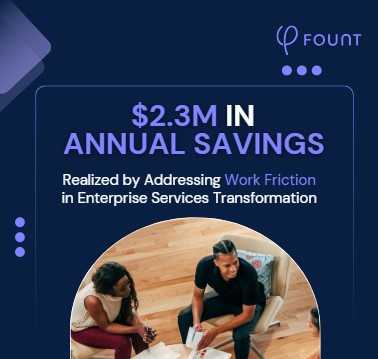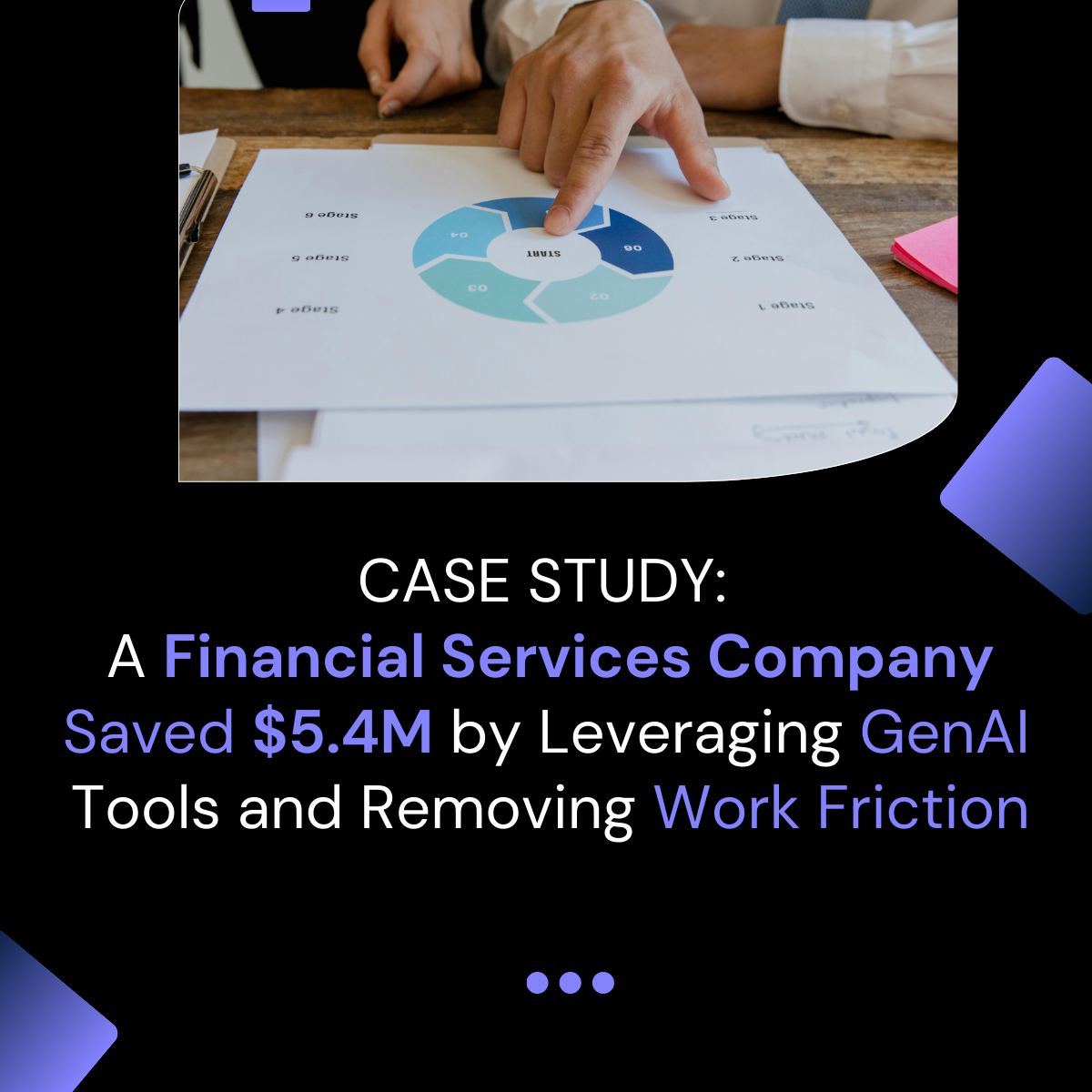Table of Contents
To Create New Value, GBS Leaders Need Different Data
GBS leaders are being asked to do more than deliver services efficiently - they're expected to create new business value. But that won’t happen using traditional ticket or SLA data. This article explores how structured friction data gives GBS the insight needed to reduce blockers, regain executive trust, and take on a more strategic role in shaping the future of work.
Today’s most ambitious GBS leaders are redefining their mandate. It’s no longer just about delivering services efficiently – it’s about creating new value across the enterprise.
That shift changes everything:
- How success is defined
- How functions partner across silos
- And especially, what data leaders rely on to steer change
But here’s the problem: the data GBS teams use hasn’t caught up.
Most still depend on lagging, siloed metrics – SLAs, ticket volumes, system usage, post-implementation surveys. These show symptoms, not root causes. They track when things go wrong, but not why.
Worse, every function owns its own slice:
HR tracks policy use. IT tracks uptime. Ops tracks workflows.
But no one owns the full experience.
This fragmented view creates friction – not just for employees, but for transformation itself.
The Real Cost of Bad Data? Lost Trust.
Executives want GBS to act like a value engine. But when leaders can’t explain why tools aren’t adopted, or why processes stall, confidence erodes.
You see it play out:
- New digital tools quietly fail
- Employees revert to manual workarounds
- Transformation timelines stretch, and rework creeps in
And yet, GBS has the scope to solve this. It cuts across IT, HR, Finance, and Ops. It sees the end-to-end work.
What’s missing isn’t ambition – it’s a shared, reliable way to measure what’s broken.
You Can’t Create Value Without Seeing the Friction
Most traditional metrics are echoes. They tell you something happened – but not where or why. Like hearing a car crash but not knowing what caused it.
To truly lead transformation, GBS needs leading indicators: data that shows where work is breaking before it affects KPIs.
That means measuring how employees experience the work:
- Where do they get stuck?
- Which tools or processes cause delays?
- How much time is wasted?
- Where do they give up entirely?
This is what friction data reveals.
What Is Friction Data?
Friction data measures the hidden obstacles that slow employees down – across every touchpoint: tools, policies, approvals, and people.
FOUNT’s structured friction data model captures:
- Work Moments (e.g., submit vendor request, plan leave)
- Touchpoints (e.g., systems, policies, support channels)
- Impact (e.g., time spent, frustration, abandonment)
It shows which work experiences cause the most pain – and how that pain is distributed across tenure, region, role, and business unit.
And because it cuts across functional silos, it gives HR, IT, Ops, and Finance a shared view of what’s broken and how to fix it.
Example: Fixing GBS Without the Rework
One global GBS org rolled out a new procurement workflow. Adoption looked good – until tickets spiked and employees reverted to spreadsheets.
SLAs were met. Usage was logged. But employees were stuck.
Friction data revealed:
- 35% found the approval logic confusing
- 42% didn’t know where to go with questions
- The total time to complete the process averaged 3x longer than expected
None of this showed up in their existing dashboards. But friction data made it visible – and fixable – across functions.
This Is Bigger Than Experience. It’s Value Creation.
Removing friction doesn’t just improve service. It:
- Frees up capacity
- Accelerates adoption
- Reduces rework
- Boosts retention
- Unifies disconnected teams around clear action
That’s what transformation actually looks like.
Why Now
AI, automation, and digital platforms are changing the way employees work. But those investments won’t deliver value if GBS leaders can’t see where they’re failing.
Friction is the leading indicator of whether transformation will stick. And structured friction data is how you see it in time to act.
The Bottom Line
You can’t create new value with old data.
And you can’t lead transformation from inside a silo.
Structured friction data gives GBS leaders the clarity and credibility to act — before adoption stalls, before frustration builds, before rework costs pile up.
That’s how GBS regains the trust of leadership – and earns a new, strategic role in shaping the future of work.
Ready to get to the core of the problems at your organization so you can be the one who identifies solutions? Let’s talk.
Related Resources
See all News
FOUNT News
LIVE Webinar. Beyond AI Hype: How to De-Risk Your GBS Transformation with Friction Data

Guest Post
3 Signs Your GBS Is Creating Friction Instead of Flow (And How to Fix It)
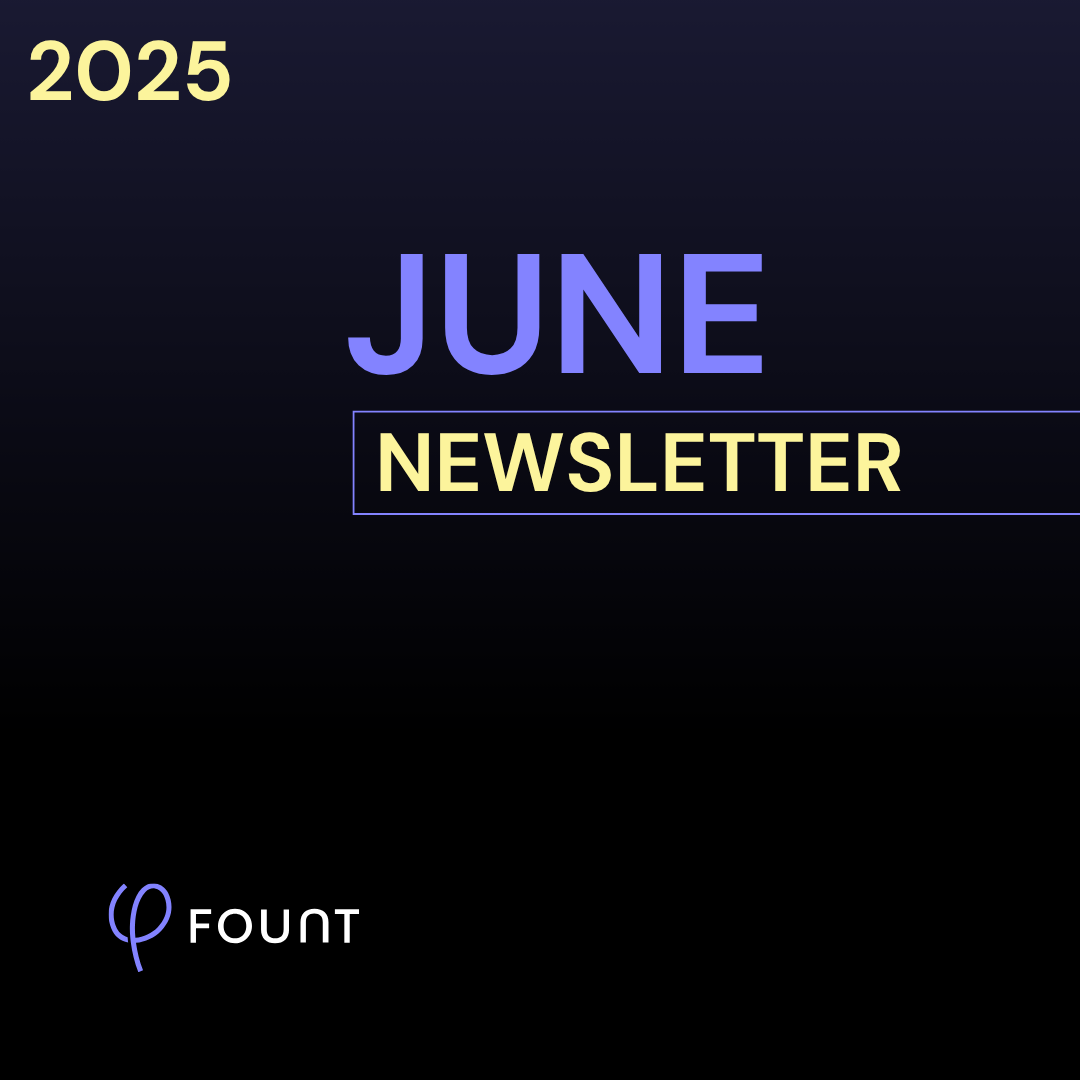
FOUNT News
June Newsletter: Friction is Killing Your AI ROI.
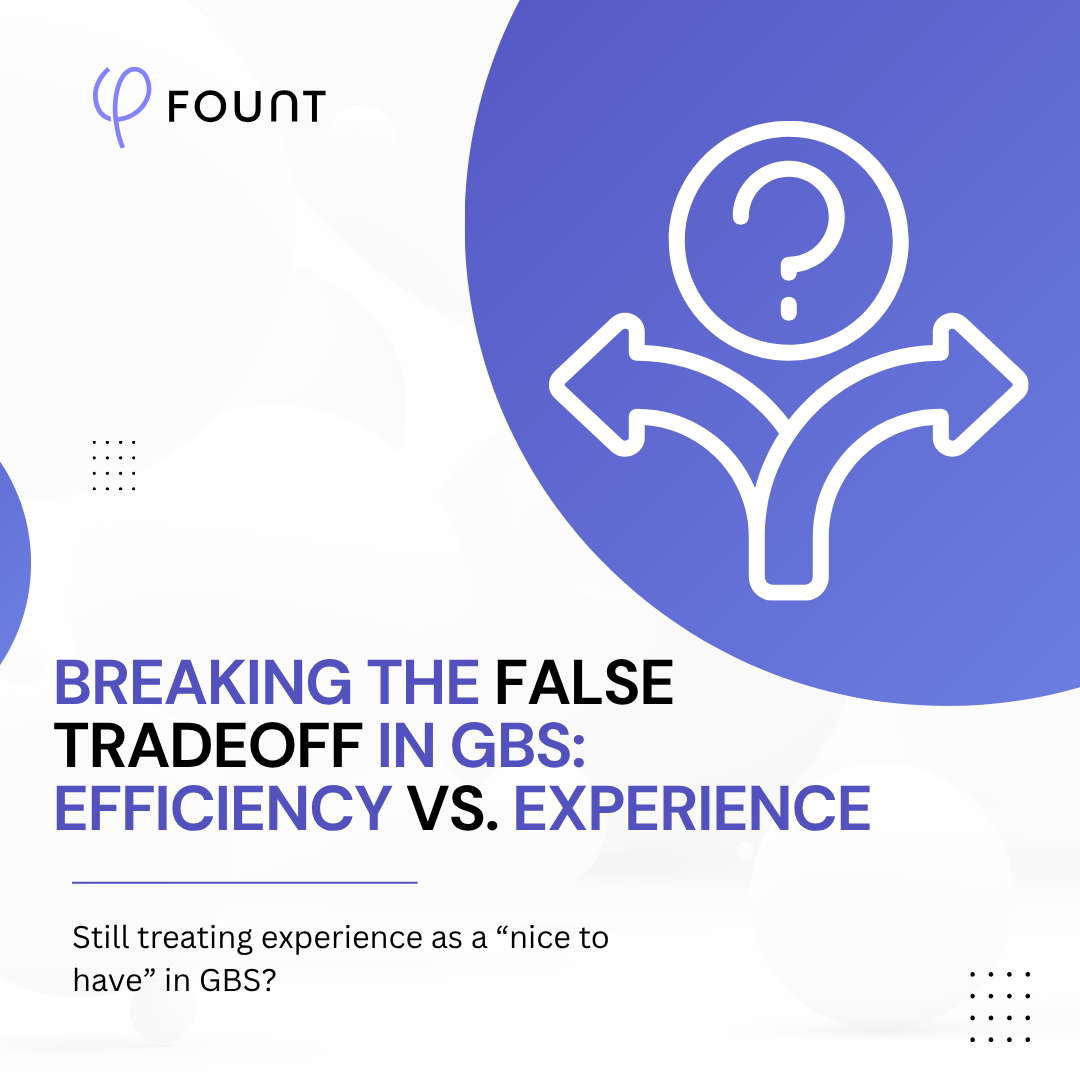
Insights
Breaking the False Tradeoff in GBS: Efficiency vs. Experience

Events
LIVE Webinar – July 9th for SSON Network. Beyond AI Hype: How to De-Risk Your GBS Transformation with Friction Data
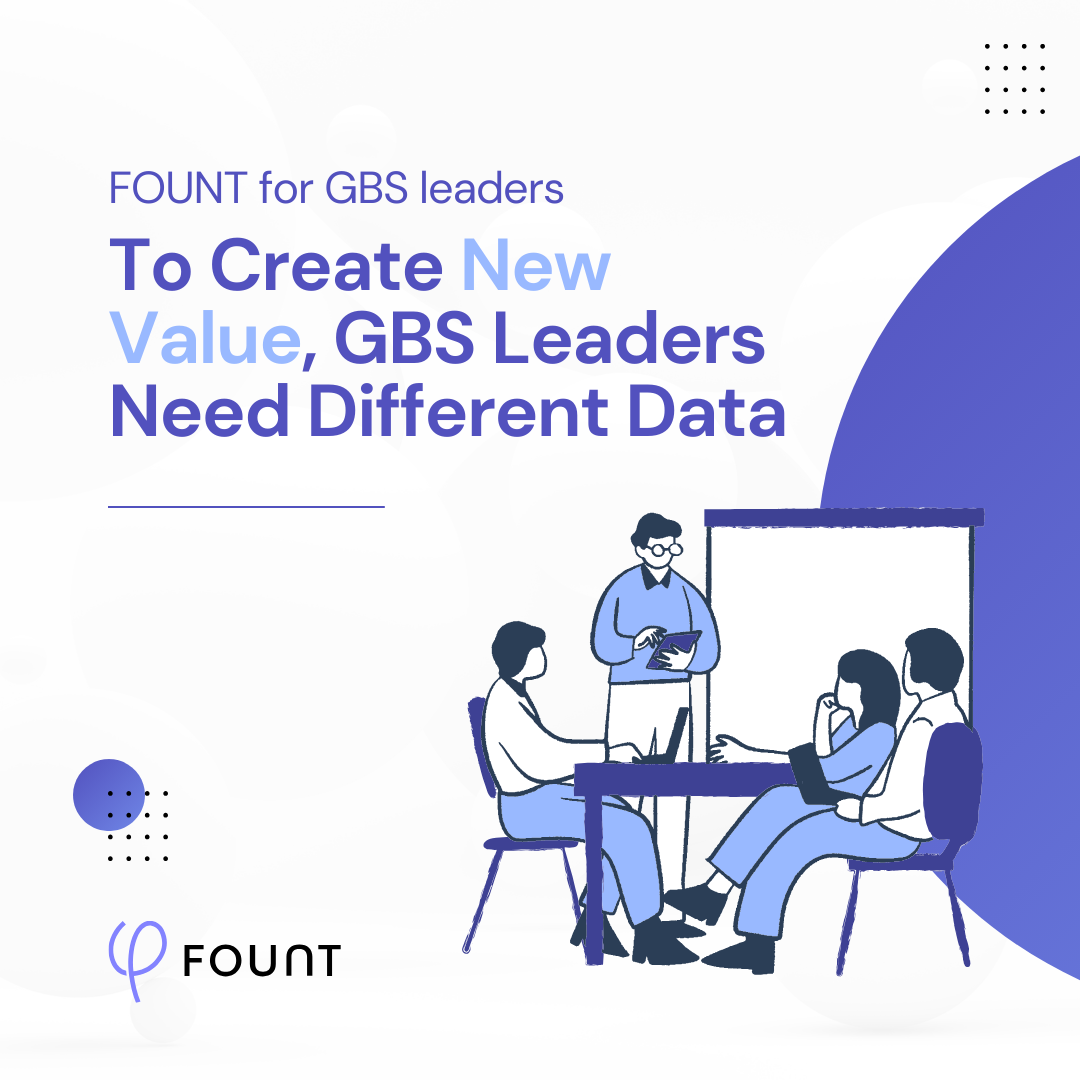
Insights
To Create New Value, GBS Leaders Need Different Data
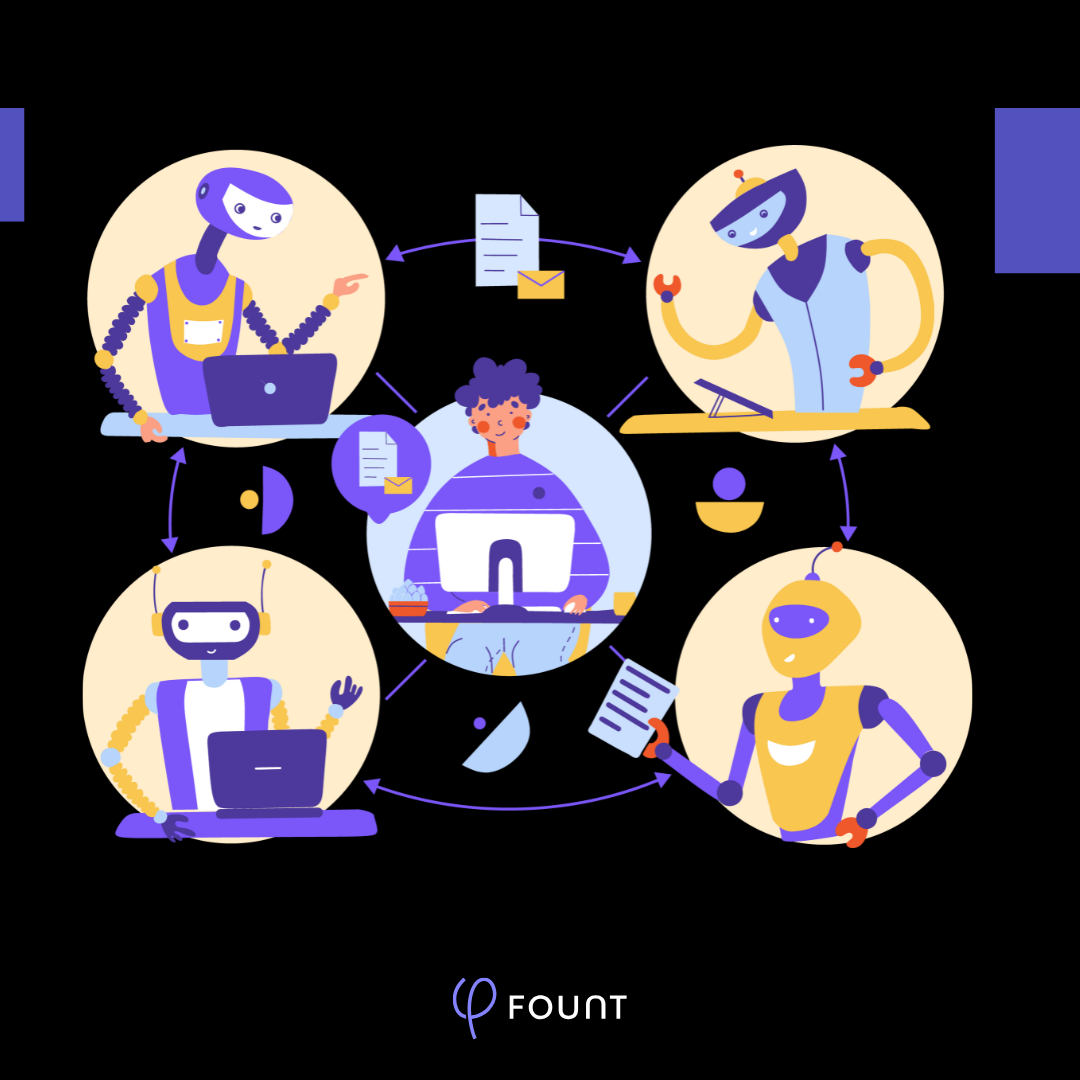
Insights
How to Keep Up with the Latest AI Developments
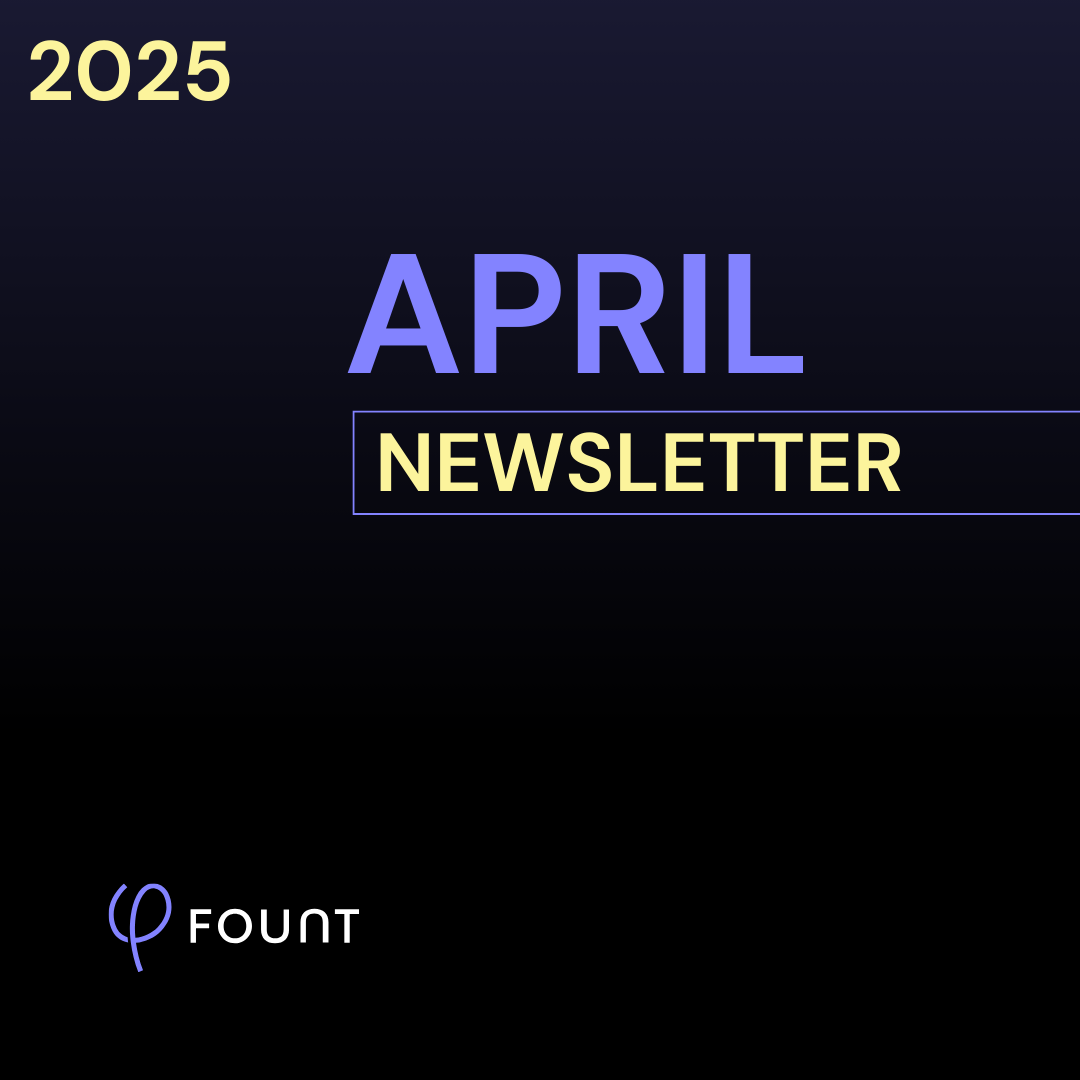
Insights
APRIL Newsletter. Friction: You Can’t Improve What You Can’t See
